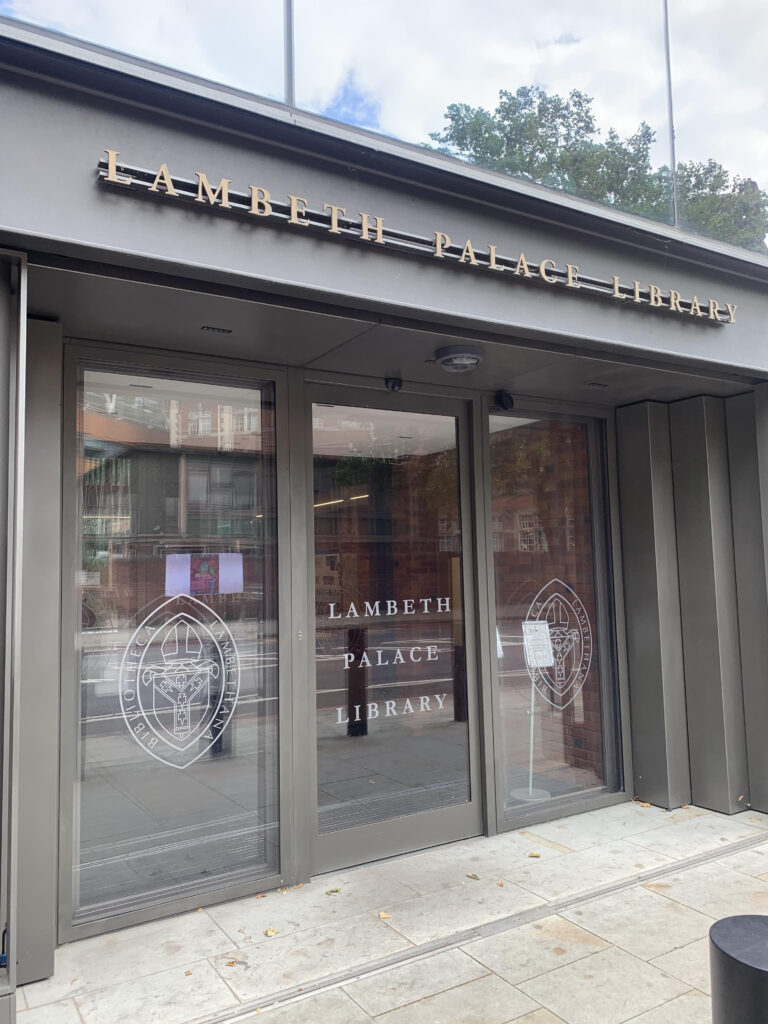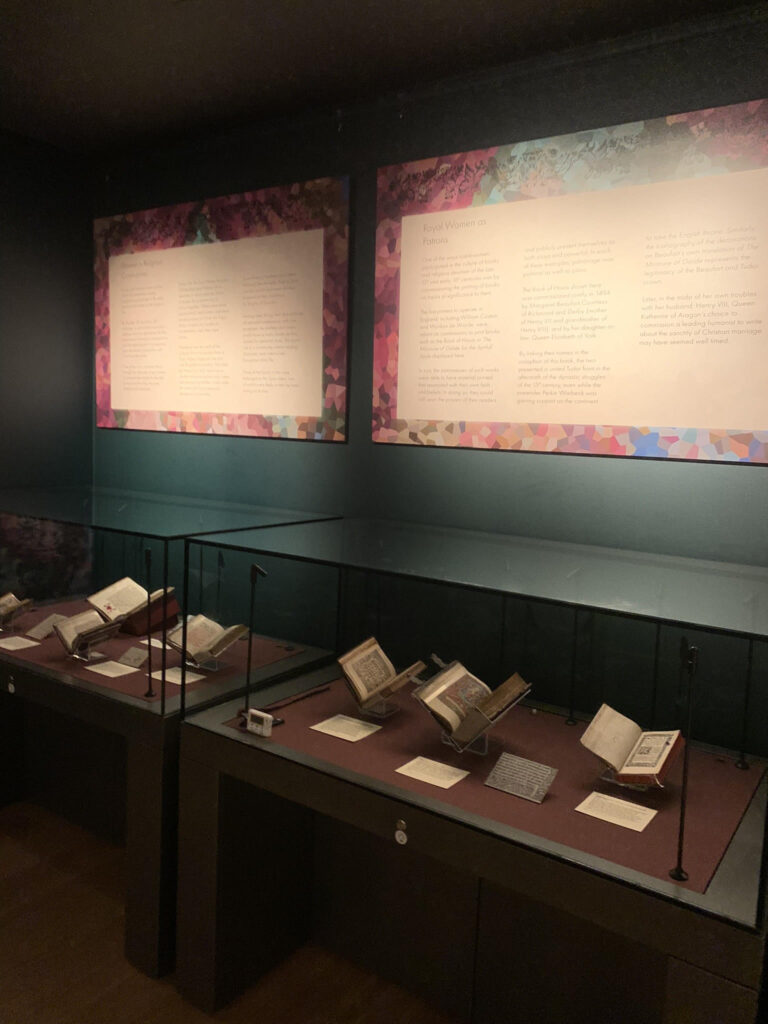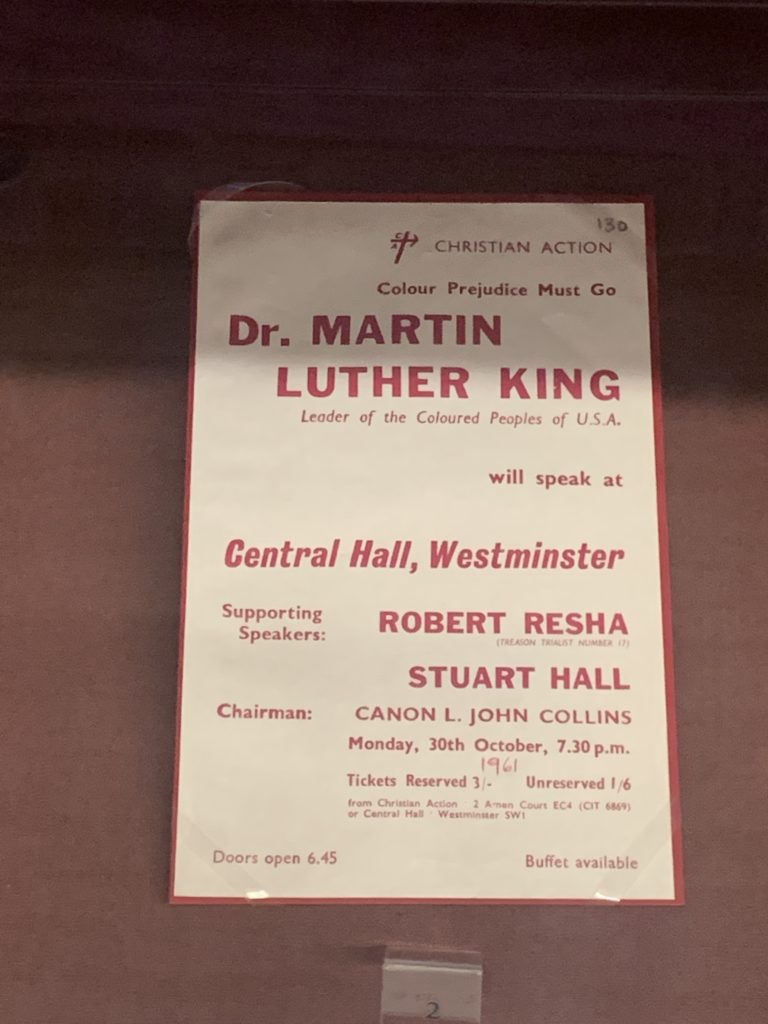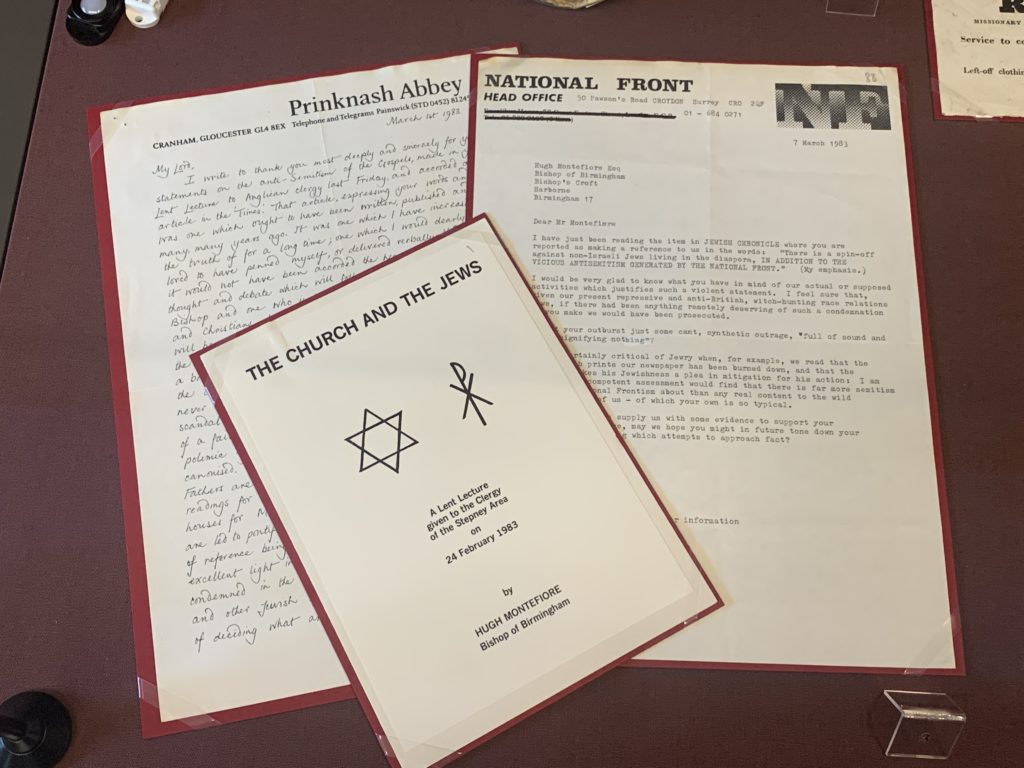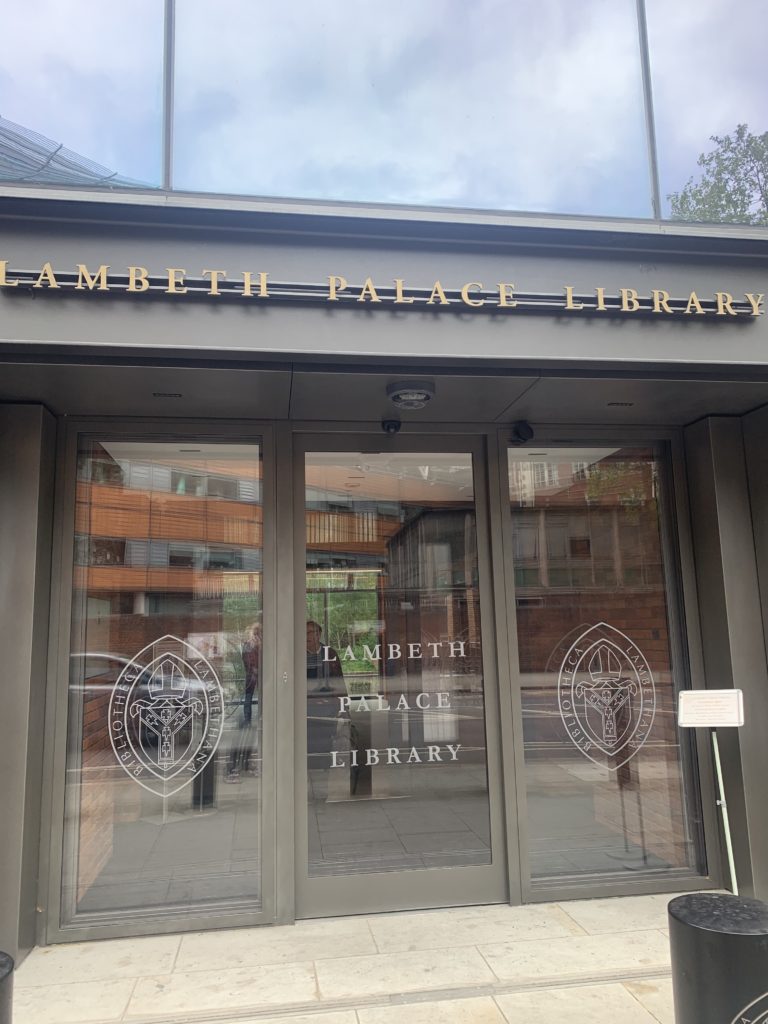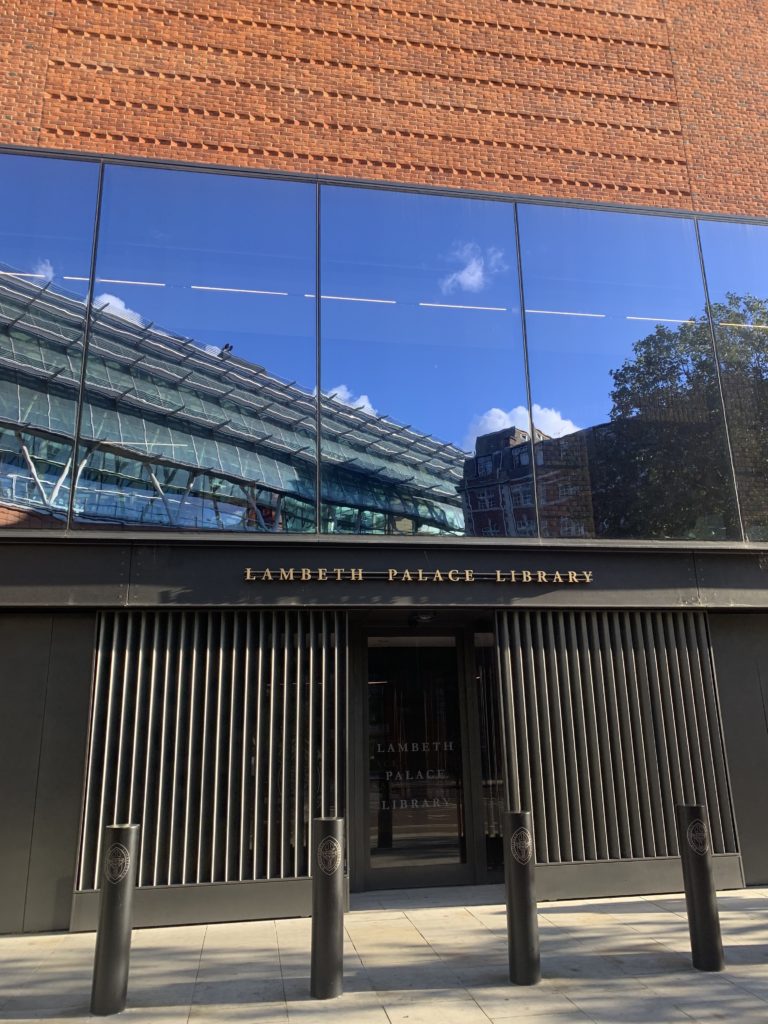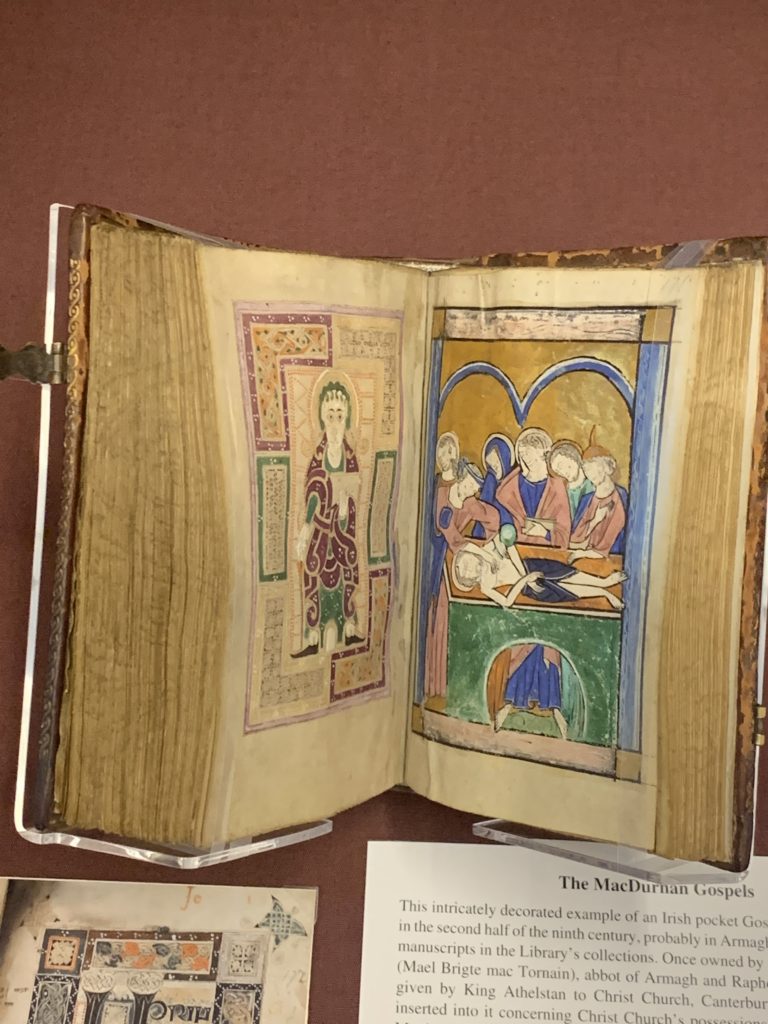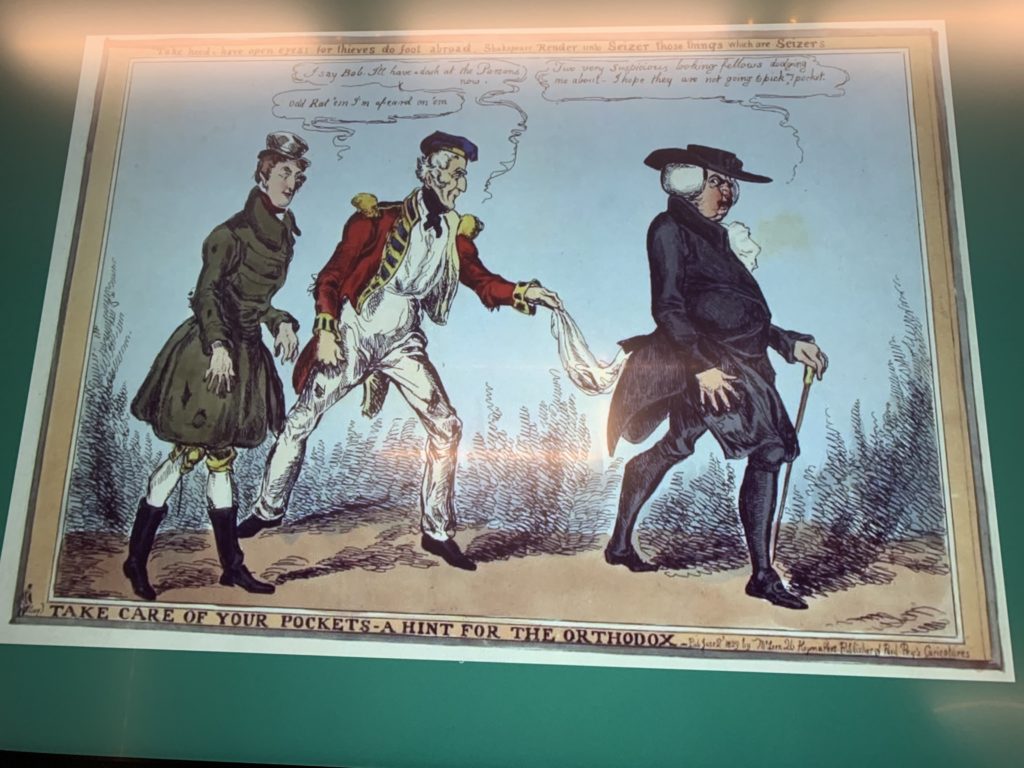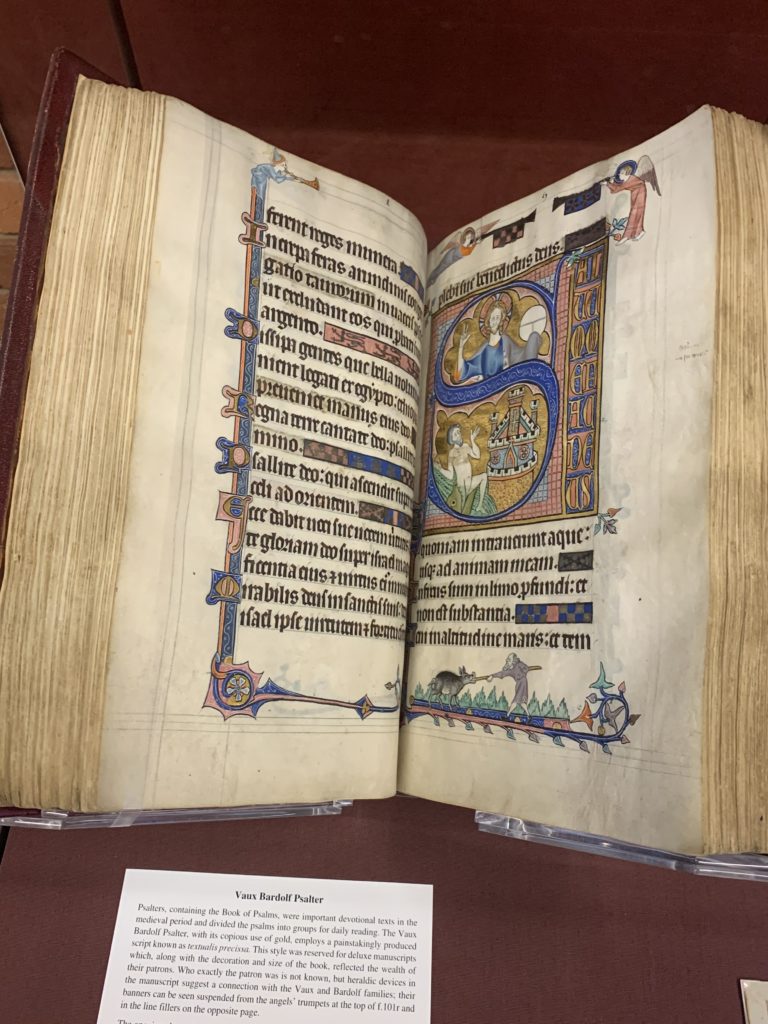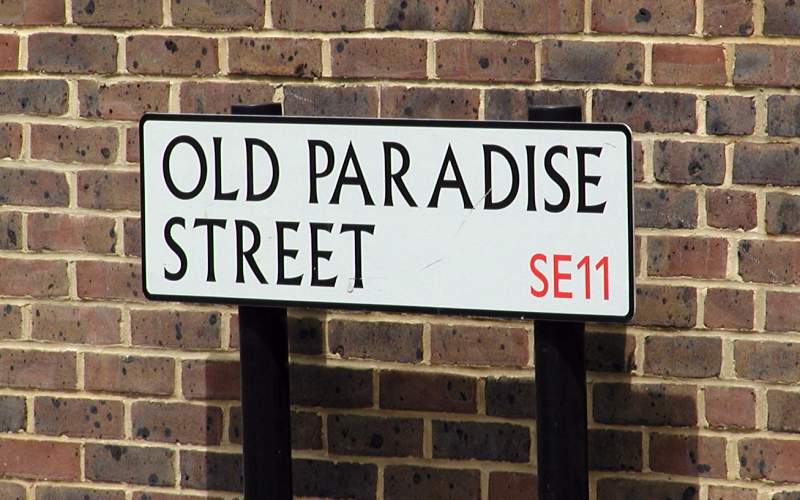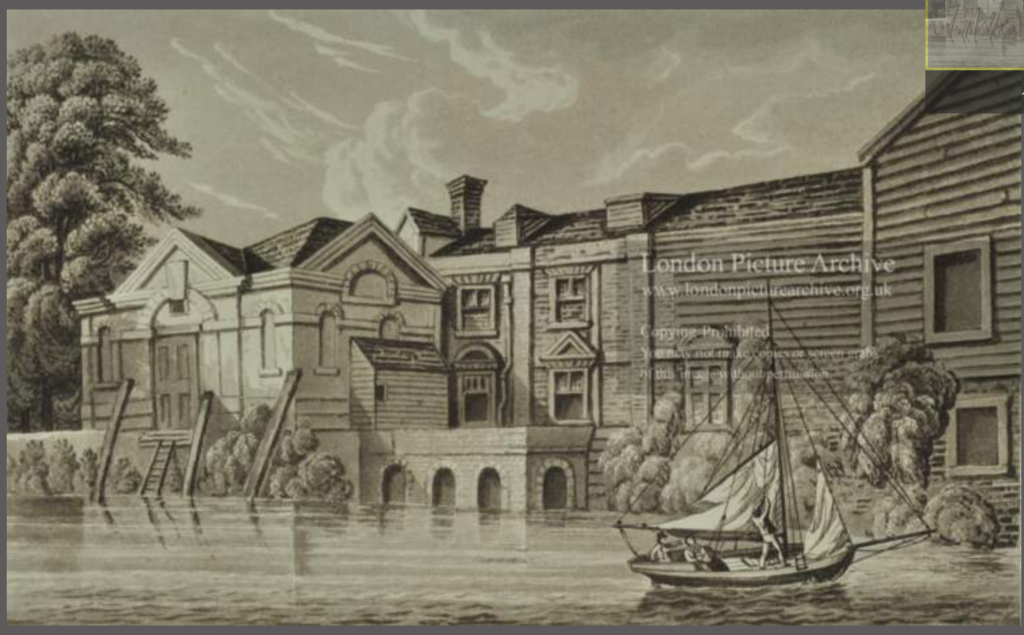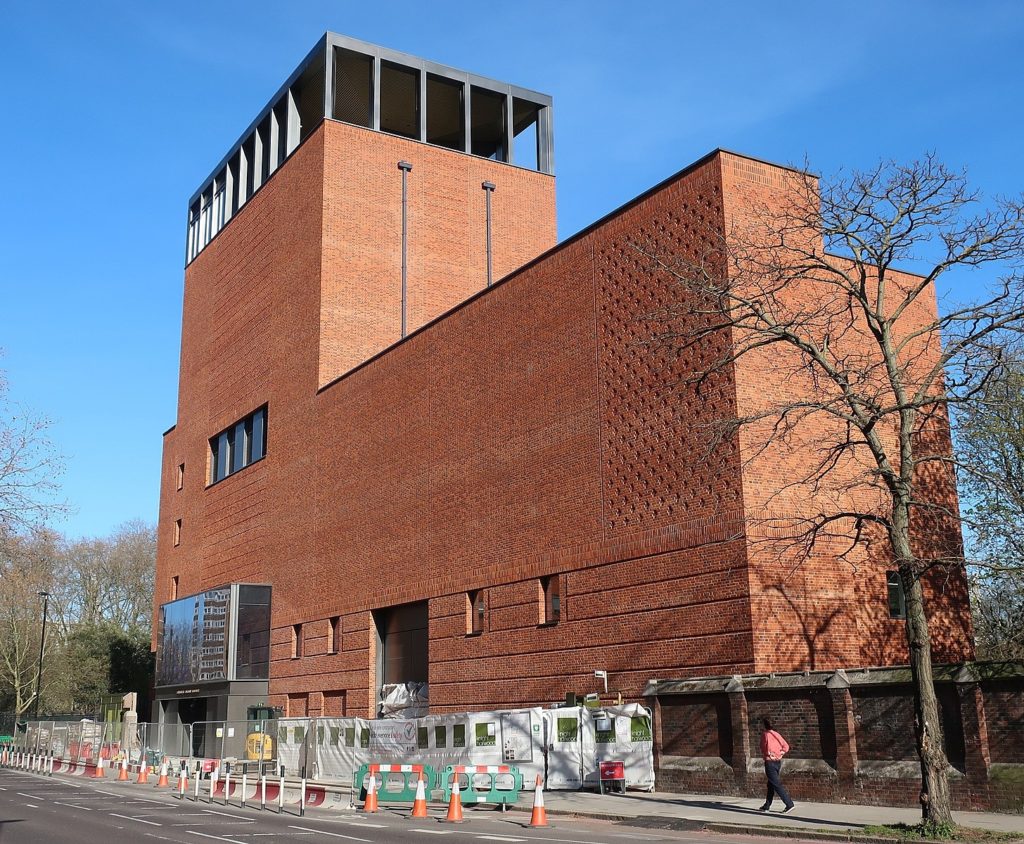Located at the very pinnacle of the Runoff catchment area, you might not know about the nine storey Lambeth Palace Library. In fact, you’re probably thinking ‘SAY WHAT, there’s a nine storey library in Greater Kennington?!’ The massive structure opened in 2021 in a pocket of Archbishop’s park and is a victory of understatement (a bit like us). While it’s a research library primarily, they allow access to us pesky Greater Kenningtonians when they have an exhibit and is now an establish part of the Kennington cultural scene (it’s a thing).
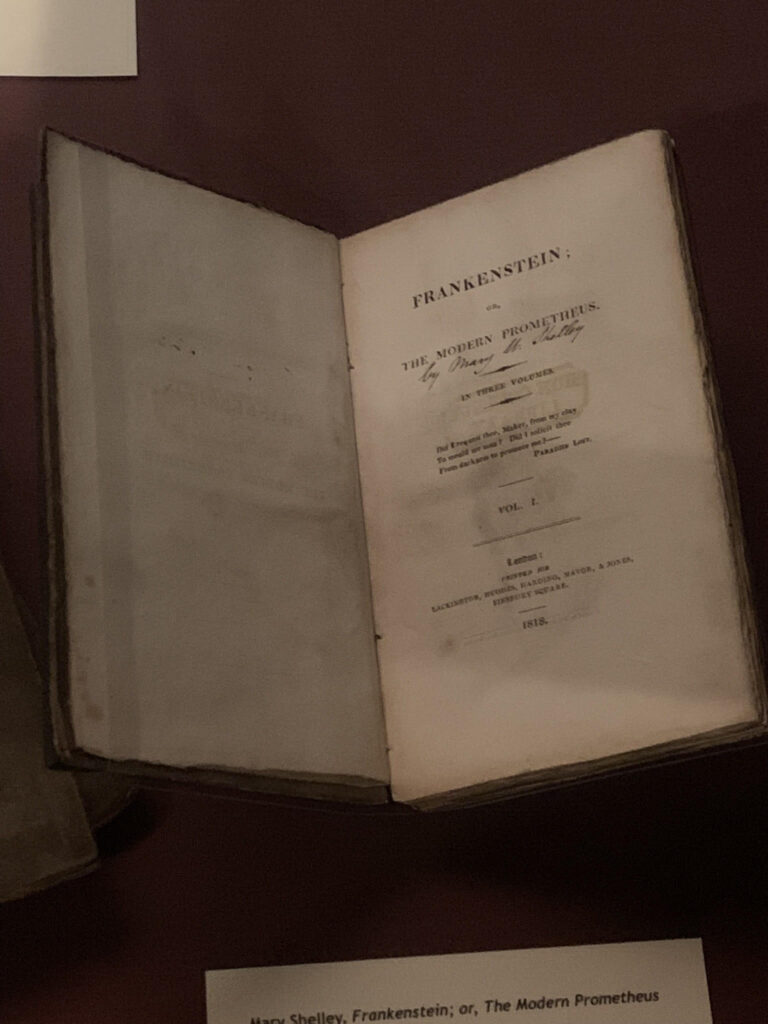
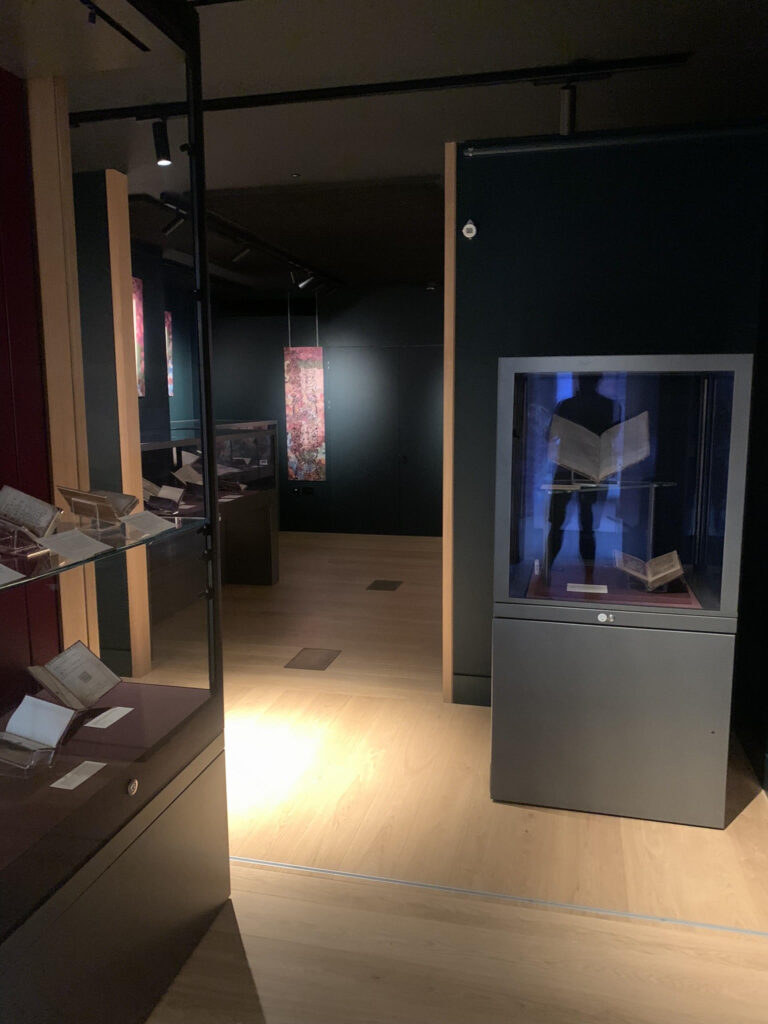
‘Her booke’ Early Modern Women and their Books at Lambeth Palace Library is the petite yet perfectly formed exhibit currently on in the exhibition room. Focussing on a time when female erudition was viewed with suspicion, this exhibition highlights material owned, written, commissioned, and translated by women from the 15th to early 19th centuries. It celebrates the ways in which women and their books were an integral part of England’s devotional, intellectual, and bibliographical cultures. Insightful little sections outline the production and use of books for personal and spiritual practices; books as a statement of power and piety; books as a site to demonstrate women’s intellectual ability; and the material evidence of women’s book ownership.
Items on display in this almost complete dark but still legible exhibit include correspondence from a future Archbishop of Canterbury about Jane Austen; first editions of the works of Mary Wollstonecraft and her daughter Mary Shelley including a first edition of Frankenstein which we naughtily photographed, and books translated for Elizabeth I. They’re displayed alongside other works related to known and unknown women from the collection (not all religious). And if you can’t get enough there are a selection of free talks about women and books that can be booked on the website.
‘Her booke’ Early Modern Women and their Books at Lambeth Palace Library is on now until 21 November and is totally free. Entering the building is a bit daunting as you need to get buzzed in, but just say you’re going to the exhibit and the guards will merrily show you the way. And don’t miss the quiet lily pond studded lake when you walk up the stairs. And you can have some random fun by scoring some King Charles honey in reception.
